5 Houseplants That Die in Humidity—And How to Save Them
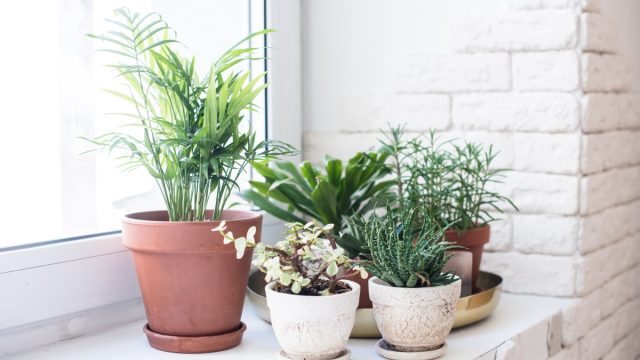
While some plants thrive in extreme conditions, high humidity can be a big problem for others. “Most houseplants can tolerate at least 30 percent humidity—it’s pretty common for homes to be somewhere in the 30 percent to 50 percent humidity range,” says Erinn Witz, a garden expert and co-founder of Seeds and Spades. But if you live somewhere that gets particularly humid, certain houseplants might not fare well. Keep reading to find out which houseplants Witz and other experts say will die in humidity.
RELATED: 7 Tips for Preventing Your Indoor Plants From Wilting in the Heat.
1
Cacti
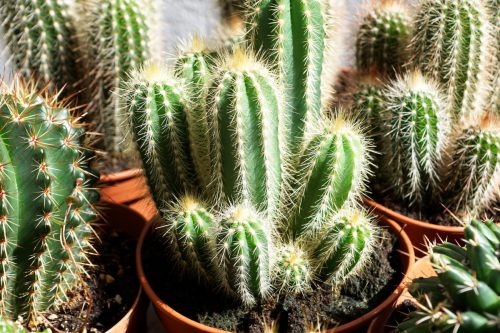
Cacti are naturally found in the desert, so they thrive in dry climates with low humidity. High humidity can cause the tissues of cacti and similar succulents to take up more water than they need which can lead to rot.
“Their root systems are perfectly adapted to efficiently absorb moisture from the soil, and high ambient humidity can cause the plant to actually rot or develop topical fungal infections,” explains Witz.
If you live in a humid area but still wish to keep a cactus as a houseplant, Bryan Clayton, CEO of GreenPal, says that “regularly checking the soil of your plants before watering can make a massive difference in their health.”
RELATED: 8 Easy Houseplants That Don’t Need Sunlight.
2
Jade Plant
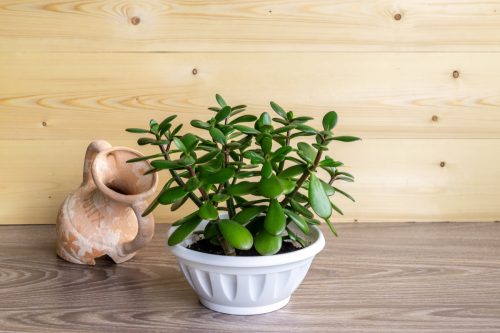
Native to South Africa, Jade plants are also in the succulent family, so they’re known for their water-saving abilities. Therefore, they’re prone to over-saturation, notes Witz. And coupled with high humidity, this can lead to fungus growth on the chunky leaves, which weakens the plant and looks unsightly.
“It’s important to plant them in well-draining soil and keep them in a sunny window,” advises Alex Kantor, owner at Perfect Plants Nursery. In warmer months, you’ll want to water the plant so the soil is moist but not drenched.
3
Snake Plant
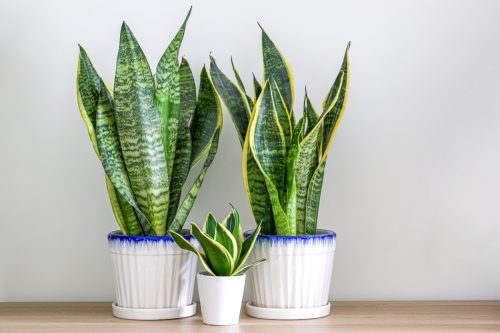
If you’re looking for a low-maintenance houseplant, the snake plant, also known as mother-in-law’s tongue, is perfect. Its vertical, variegated leaves come in shades of dark green, light green, and sometimes yellow or cream.
Snake plants generally can handle a wide range of weather conditions, however, constant high humidity can lead to fungal problems and root rot, Clayton cautions.
Instead of drowning the soil, Clayton suggests allowing it to dry out between waterings and avoiding getting water on the leaves. Putting them in pots with drainage holes will also help to keep them alive should things get a bit humid.
RELATED: The 7 Best Houseplants for Beginners, Experts Say.
4
Spider Plant
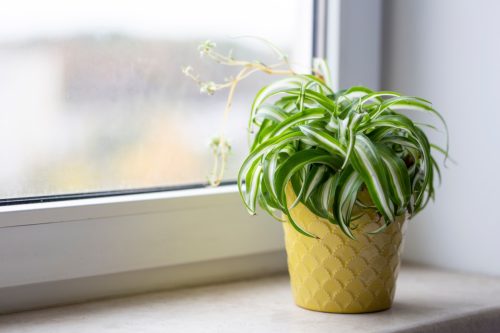
Like the jade plant, spider plants also prefer environments that resemble their native habitats in South Africa, Clayton tells Best Life. Too much exposure to high humidity can result in root rot and fungal diseases.
“Ensure they’re potted in a well-draining mix and avoid letting the plant sit in water,” says Clayton—and of course avoid overwatering.
That includes spraying the leaves. Clayton mentions that some believe that misting the leaves of these plants can provide them with water in a humid environment, but it actually promotes unhealthy fungal growth.
For more home and garden tips sent directly to your inbox, sign up for our daily newsletter.
5
Chinese Money Plant
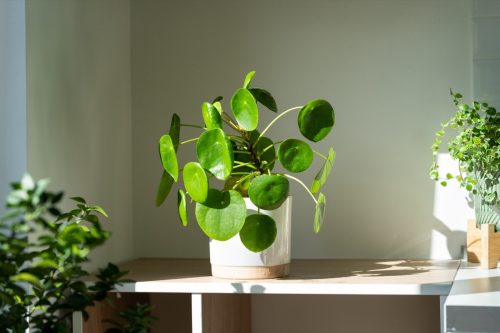
“As the name suggests, this plant is native to southern China and produces beautiful, bright green, circular leaves,” says Kantor.
Formally known as Pilea peperomioides, this plant does not do well in humid conditions but prefers low-moisture areas. It should be planted in well-draining, damp (not soggy) soil and placed in a spot with indirect light.